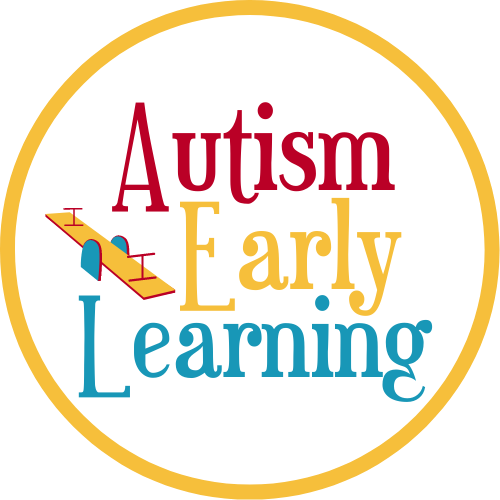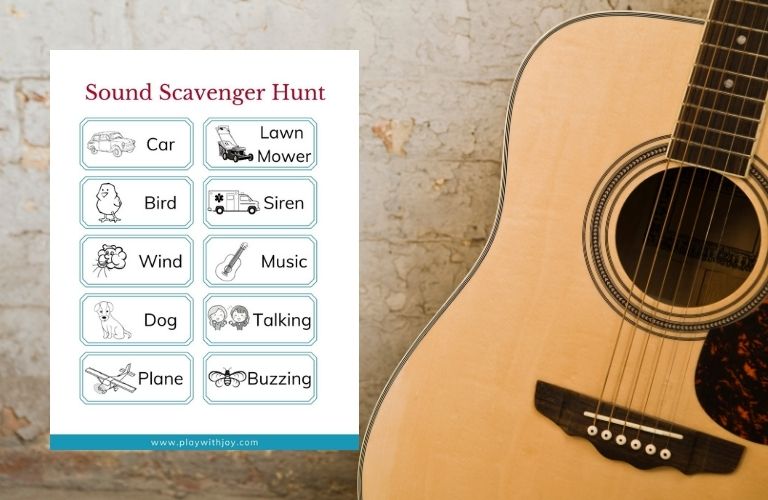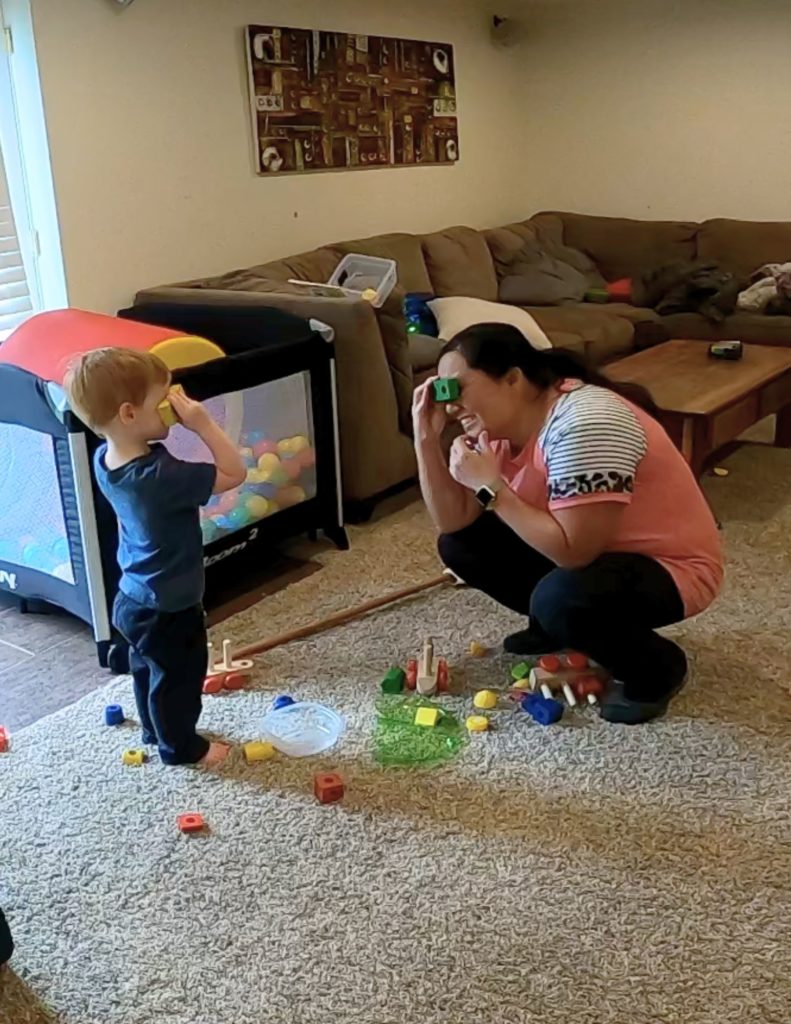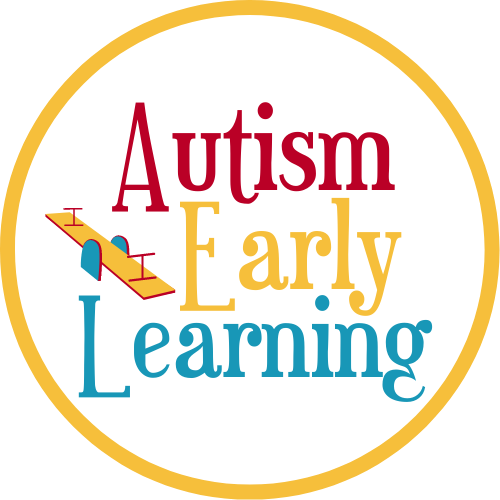If your’e looking for activities for families to do together, or for a small group activity for kids, I always love scavenger hunts.
Nature scavenger hunts are great because they’re different every time. You can change things up without any prep work. You can go to a new location, even if that means going down the street instead of going up the street. You can go at different times of the day, or you can go at different times of the year.
This sound scavenger hunt is generally going to be a better activity for kids who are participating in more associative and cooperative play. For kids who are not yet engaging in long interactions with others, obviously, get outside and go on walks, but you may not want to use an organized activity like this.
You can make your own scavenger hunt, but to save you time and really make this no prep, I created one for you. You can purchase it below.
With this activity you can work on executive functioning skills such as attention, perseverance, planning, response inhibition, and working memory. You can also work on math skills, perception and concept, problem solving, communication skills, and social skills.
I love activities that can target multiple areas of development at once, and are fun and engaging.
Supplies
Instructions
- Print the Scavenger Hunt Printable
- Choose where to go on a walk
- Color in the pictures as you find the different sounds
Extra Tips & Ideas
A great thing about this activity is that you can do it multiple times and have it be a different experience every time. Change up the time of day you go, change the location, go during different seasons.
Access The Full Tutorial
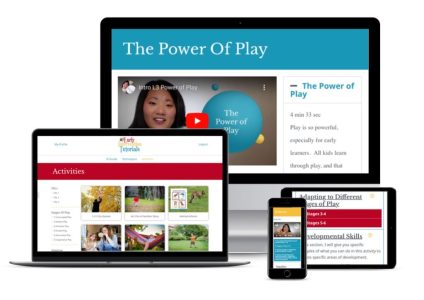
To gain full access to this tutorial and 70+ other activity and technique tutorials, become a member of The Early Intervention Tutorials
As a member of the EI Tutorials, you will learn how to:
- Identify a child’s developmental level
- Understand the stages of play
- Learn how to help a child with limited play skills
- Implement specific techniques to increase communication and engagement
- Adapt activities to different stages of development
- Target specific developmental skills, including: communication skills, cognitive skills, executive functioning, motor skills, social skills, and adaptive skills
Adapting to Different Stages of Play
Depending on a child’s stage of development, you’ll want to adapt this activity based on goals that would be appropriate for the child’s growth.
The stages of play are:
- Stage 1: Unoccupied Play
- Stage 2: Solitary Play
- Stage 3: Onlooker Play
- Stage 4: Parallel Play
- Stage 5: Associative Play
- Stage 6: Cooperative Play
I’ll share ideas on how to do this in the Early Intervention Tutorials. You can become a member and gain access to this tutorial by going to: https://autismearlylearning.com/ei-tutorials-info/
Developmental Skills
In this section, I’ll identify which areas of development this activity targets. I’ll also give some pointers on how to specifically target each area. You can become a member of the Early Intervention Tutorials by going to: https://autismearlylearning.com/ei-tutorials-info/
Download
- Sound Scavenger Hunt Printable (only available in the Early Intervention Tutorials)
- Printable Lesson Plan (only available in the Early Intervention Tutorials)
